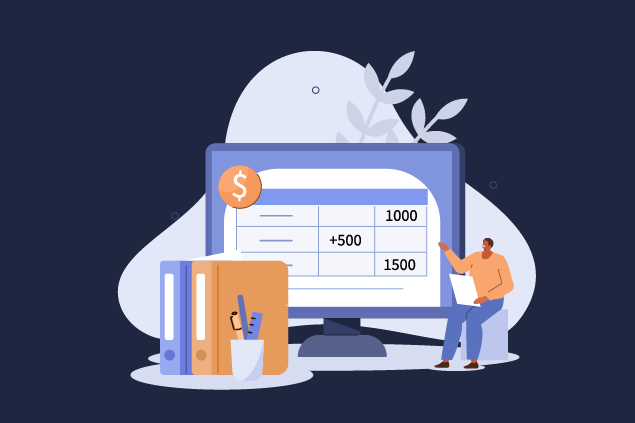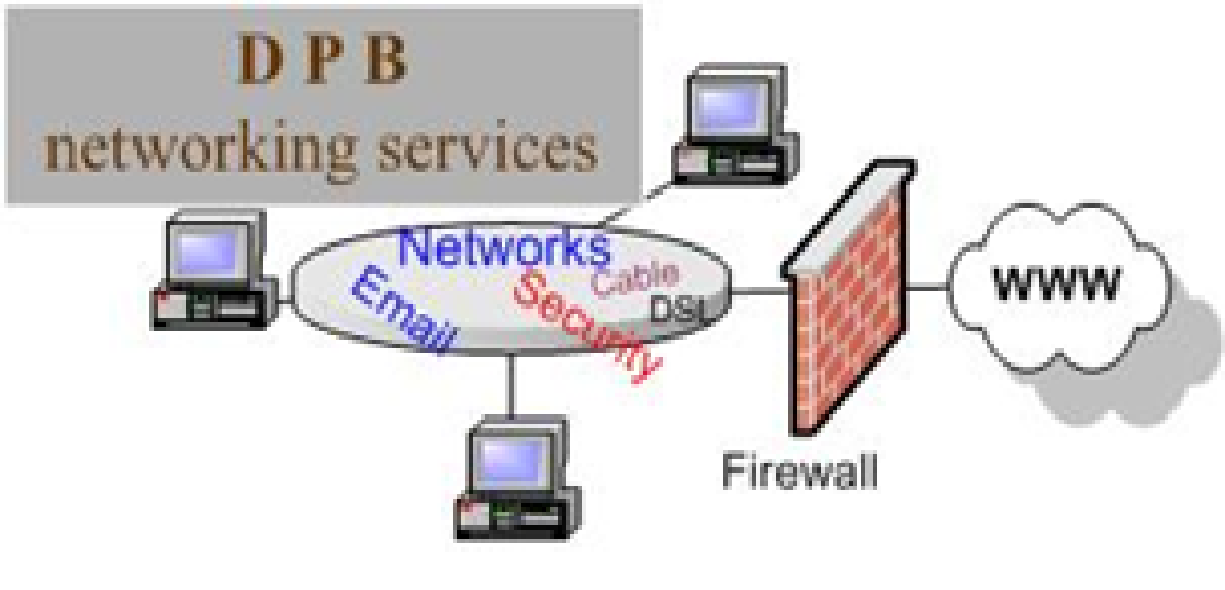Managing costs in a time of inflation can be a stressful proposition for law firms. You have inevitable overhead costs. You have changing market conditions. You have a duty to your attorneys and staff and a duty to your clients—and you’re also trying to ensure that your law firm runs effectively and profitably.
It’s easy to feel like something has to give to meet those responsibilities.
But before you start worrying about raising prices or cutting services, consider the possibility that there may be ways to reduce your operating costs without reducing staff or decreasing client service (or satisfaction).
With today’s legal tech, there are many opportunities to revaluate what costs should look like for your unique practice.
Find the right technology to suit your law firm
Behind every successful legal team is a well-designed tech stack.
This may not be a common saying (yet), but it’s increasingly true. Your tech stack is capable of doing some serious heavy lifting for your practice. From practice management tools that keep legal matters organized and moving forward to legal CRM software that builds your client base and keeps your existing relationships strong, your software is essential to running your practice.
Using the wrong tools can do more than slow down your workflows—those costs can eat up your budget. Legacy software, in particular, can be a drain on your tech expenses. Not only is it less flexible and accessible than cloud-based options, but it can also require additional staffing expenses by way of your IT department.
Choosing the right software is impossible if you don’t fully understanding the needs of your practice. Think about your particular circumstances and desires. Are you employing software solutions intentionally, or do you have a grab bag of programs that you don’t use to their full potential? Is there something you wish would run more smoothly at your firm?
Consider running a tech stack audit and evaluating the following:
- What software do you use most often? Who uses it and why?
- Does all your software integrate together, or do you have multiple standalone programs?
- What is the business impact of each software? Would another solution deliver better results?
- What are the current needs of your team, and how might they evolve?
Answering these questions can help you determine where you can save money and which line-up of tools will be the most useful. Not only will you save money by reducing unnecessary software, but you’ll also end up increasing efficiency by providing your attorneys with the software they truly need. With this in mind, it makes sense to consult your staff about their current pain points and see what they want an upgraded tech stack to do for them.
Find the right-sized spot to work
Your staff may, of course, be working in new and different ways in light of the pandemic. Young attorneys in particular are demanding more flexibility to choose their work environment. This means that many firms are revaluating the utility of their office space, an item that can consume up to 12% of your total overhead costs.
While some industries have embraced the fully remote lifestyle, most law firms still maintain a physical office to meet with clients. But even part-time office spaces can be costly.
Revaluating your office space needs can offer substantial savings. Consider how often attorney-client meetings are required, the number of in-person staff hours, and what your options are for your geographic area.
Downshifting to a smaller office can cut overhead costs, but you have other options as well:
- Rent out part of your office to reduce monthly costs
- Renegotiate a lower lease with your landlord
- Reduce the need for storage space (whether on-site or off-site) by moving paper files to the cloud
Get automation on your side
As you evaluate your tech stack, look at the options within your tools for automating work. While legal work requires an immense body of knowledge and experience, it also requires many mundane, everyday tasks to keep it moving along.
Automation can cut down on tedious (and often non-billable) tasks in the following areas:
Legal billing
Legal billing is time-consuming and detailed, but automation with the right software makes the process a snap. Use automation features like batch billing and automatic prebills to quickly tackle invoicing tasks without losing a whole day (or an entire tree’s worth of paper—another source of costs for law firms).
Using legal billing software also means you can provide a better client experience by offering automated recurring billing, payment plans, and online payments. In particular, online payments mean quicker payments, which means a better cashflow for your practice. (And happily for everyone involved, fewer late fees!)
Document automation
Document creation is another time-consuming task that is perfect for automation. You can use document automation to swiftly assemble legal documents. Simply set up legal templates and custom fields, and you can create documents in minutes. Even better, the information your clients put into the documents can then be synced to your legal practice management software, so you avoiding inputting the same data over and over.
The result: you get more time back in your day, along with reducing the risk of human error from manual data entry. (Because no client appreciates getting documents riddled with mistakes!)
Evaluate matter budgets closely
Reducing costs isn’t just about cutting overhead expenses. To reduce costs, it’s important to know what it takes to provide your clients with the necessary services. To do this, you need to create clear matter budgets for your work.
To build a better matter budget, follow these steps:
- Map out the phases of a matter and the tasks required to complete them
- Allocate time to each phase and task
- List costs associated with each phase/task (including hourly rates for attorneys and staff members involved)
Your matter budget should also account for overhead costs. Once you’ve established matter budgets, cross reference your ideal matter budgets with the time that is actually being spent on them. Are there opportunities to streamline your processes? Bottlenecks that can be eliminated? Tackling these issues can help reduce spending on every matter, which in turn improves your profitability.
Make full use of reporting features
A regular analytics check is crucial to keeping costs down. Make an appointment each month in your calendar to look at budget reports, productivity metrics, and other KPIs.
While your specific reports should be tailored to your business goals, consider analyzing the following information:
- Collection rates
- Billable vs. non-billable hours
- Profit and loss
- Accounts receivable
- Expenses
Reduce costs without reducing client satisfaction
When it comes to reviewing the profitability and wellness of your law office, TimeSolv’s reporting capabilities have you covered. Schedule a demo to see TimeSolv’s reporting capabilities in action and find out how you can benefit from their legal time-tracking and billing system.

















